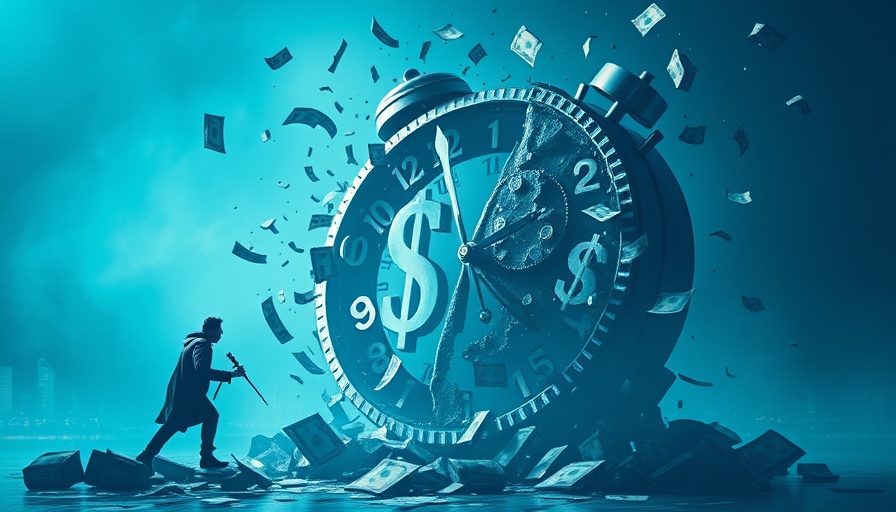
Understanding the Dollar's Fate: The Looming 'Dollar Doomsday'
The future of the U.S. dollar is generating considerable debate among economists and business leaders alike, as fears grow around the concept of "dollar doomsday." This theory focuses on the possibility that the dollar could lose its status as the world’s primary reserve currency, potentially leading to dire economic consequences for the U.S. and the global economy.
Historical Context: The Dollar's Stronghold
Historically, the U.S. dollar has reigned supreme since the end of World War II, largely due to the country’s robust economy and political stability. This supremacy facilitated widespread use of the dollar in international trade, with U.S. Treasury bonds viewed as a safe investment. However, cracks are beginning to show, prompting a closer examination of the dollar's future.
The Current Landscape: Market Concerns and Economic Vulnerabilities
Recent fluctuations in the market, fueled by inflation fears and geopolitical tensions, have intensified concerns about the dollar's stability. Factors such as supply chain disruptions and rising interest rates contribute to a growing narrative that the dollar may not be as invulnerable as previously thought. Additionally, digital currencies' rise presents a challenge to traditional banking systems, further complicating the dollar's standing.
Global Repercussions: What a Weak Dollar Means
If the dollar were to lose its reserve currency status, it would prompt a tectonic shift in economic dynamics. Countries dependent on the dollar for trade might face increased costs, leading to inflation spikes worldwide. The resulting financial instability could also ripple through emerging markets, exacerbating their economic challenges. Understanding these potential impacts is critical for business leaders, especially those situated in major economic hubs like Silicon Valley, where tech startups thrive on predictable financial environments.
Future Predictions: The Dollar's Path Ahead
Looking ahead, experts are divided on how imminent this "dollar doomsday" might be. Some analysts predict a gradual decline, suggesting other currencies, particularly the euro and yuan, could gain ground. Others believe that as long as the U.S. maintains a strong economic structure and political stability, the dollar will weather the storm. For Bay Area entrepreneurs and investors, these insights into economic trends offer critical guidance on adapting strategies to safeguard their ventures against potential upheavals.
Counterarguments: The Resilience of the Dollar
Despite the fears surrounding the dollar, many experts argue that its resilience roots itself in the economic depth of the U.S. Aside from its stability, the dollar's unmatched liquidity and role in global trade create a sense of security for investors. With the U.S. economy showing diverse strengths, including innovation and robust venture capital funding, some analysts believe that fears of a dollar collapse are overstated. Bay Area business leaders should consider these perspectives while remaining vigilant against economic fluctuations.
Actionable Insights for Entrepreneurs and Businesses
In light of these discussions, entrepreneurs in the Bay Area and beyond should adopt a proactive approach to risk management. Keeping abreast of economic forecasts, diversifying investments, and assessing the impact of currency fluctuations on their operations can empower business leaders to thrive under uncertainty. Implementing sustainable business practices and fostering corporate social responsibility could also strengthen resilience during challenging times.
Conclusion: The Importance of Staying Informed
As the spectre of dollar doomsday continues to loom, it’s imperative for business leaders and investors, especially in regions like Silicon Valley, to remain informed about economic trends. By understanding the potential implications, diversifying strategies, and maintaining a forward-thinking approach, businesses can navigate the complexities of a fluctuating economic landscape effectively. Explore more insights on economic trends and how they can impact your business decisions today.
 Add Row
Add Row  Add
Add 



Write A Comment